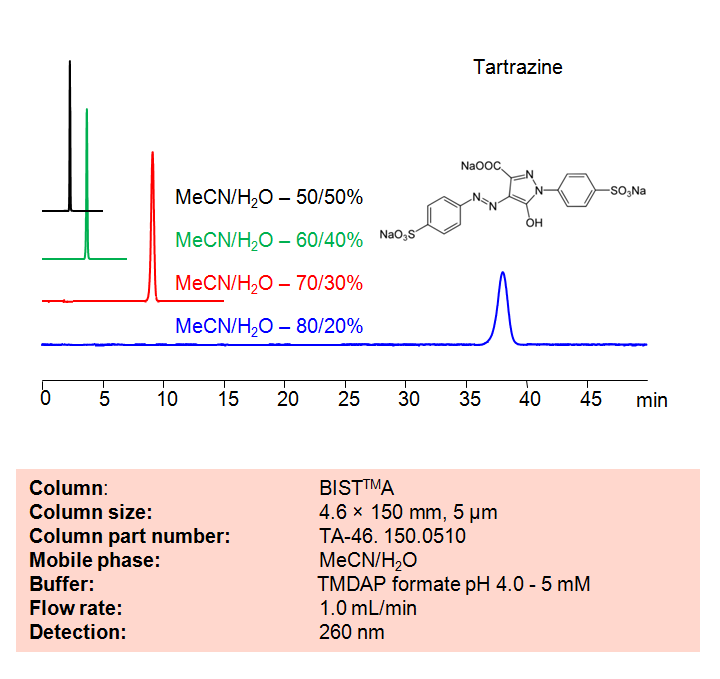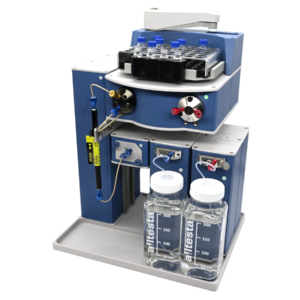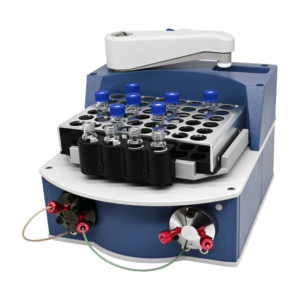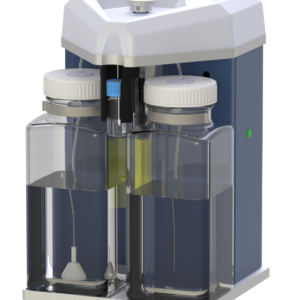HPLC Method for Analysis of Tartrazine (FD&C Yellow 5) on BIST A Column by SIELC Technologies

High Performance Liquid Chromatography (HPLC) Method for Analysis of Tartrazine (FD&C Yellow 5).
Tartrazine is the most popular yellow synthetic dye in the world with the chemical formula C16H9N4Na3O9S2. It is used in a multitude of food, cosmetic products, and medications. It is one of the oldest known members of the pyrazolone family of dyes.
Using SIELC’s newly introduced BIST™ method, Tartrazine (FD&C Yellow 5), which ionizes in water, can be retained on a negatively-charged, cation-exchange BIST A column. There are two keys to this retention method: 1) a multi-charged, positive buffer, such as N,N,N’,N’-Tetramethyl-1,3-propanediamine (TMDAP), which acts as a bridge, linking the negatively-charged tartrazine analytes to the negatively-charged column surface and 2) a mobile phase consisting mostly of organic solvent (such as MeCN) to minimize the formation of a solvation layer around the charged analytes. The effect of reducing the solvation layer by increasing the organic component concentration in the mobile phase can be clearly seen above, as can the effect of multi- and singly-charged buffers on retention. Other positively-charged buffers that can generate BIST™ include Calcium acetate and Magnesium acetate. Using this new and unique analysis method, tartrazine can be retained and UV detected at 260 nm.
Condition
| Column | BIST A, 4.6 x 150 mm, 5 µm, 100 A, dual ended |
| Mobile Phase | MeCN |
| Buffer | TMDAP formate pH 4.0 – 5,0 mM |
| Flow Rate | 1.0 ml/min |
| Detection | 260 nm |
Description
| Class of Compounds | Acid, Dye |
| Analyzing Compounds | Tartrazine (FD&C Yellow 5) |
Application Column
BIST A
Column Diameter: 4.6 mm
Column Length: 150 mm
Particle Size: 5 µm
Pore Size: 100 A
Column options: dual ended





